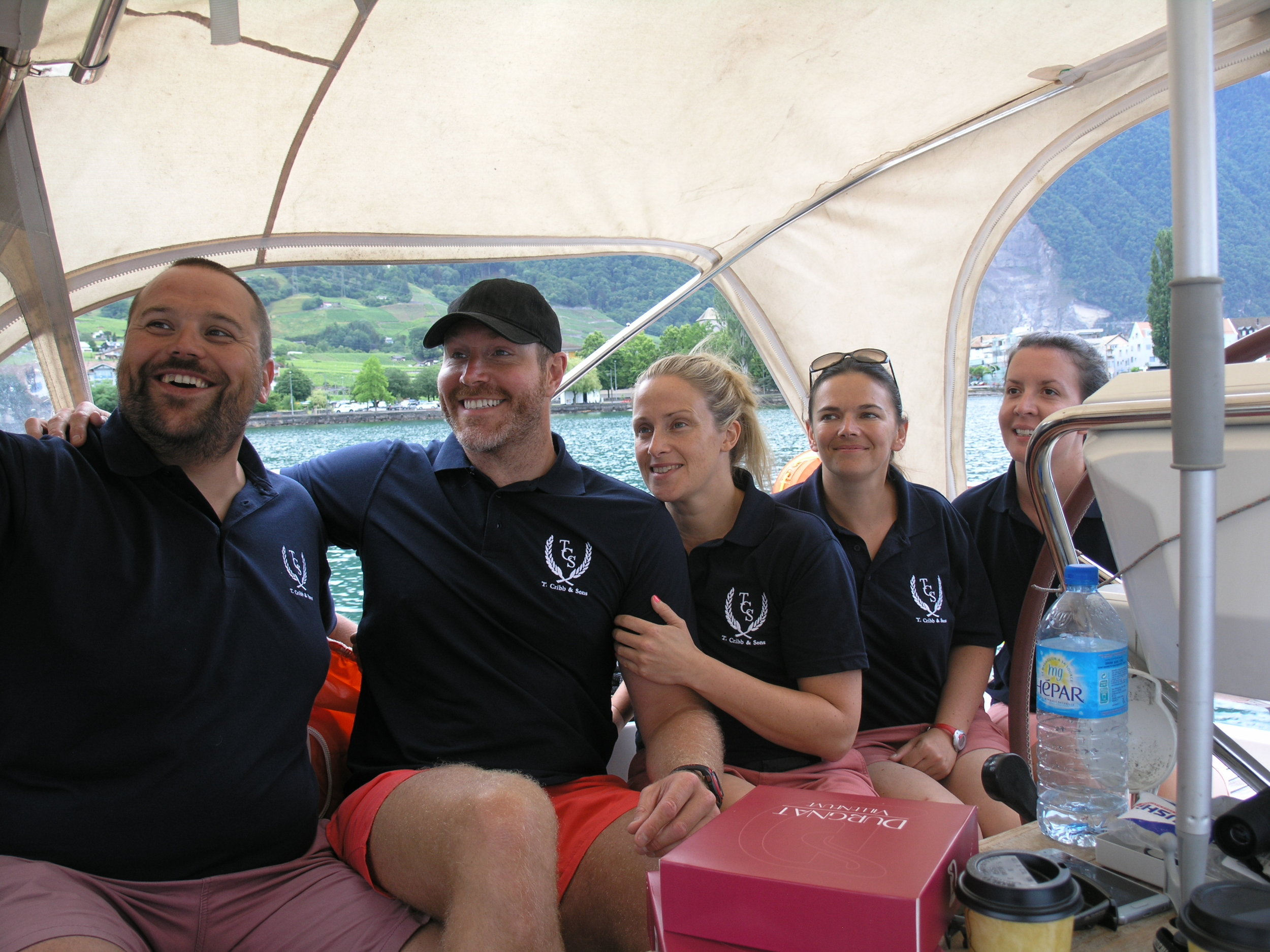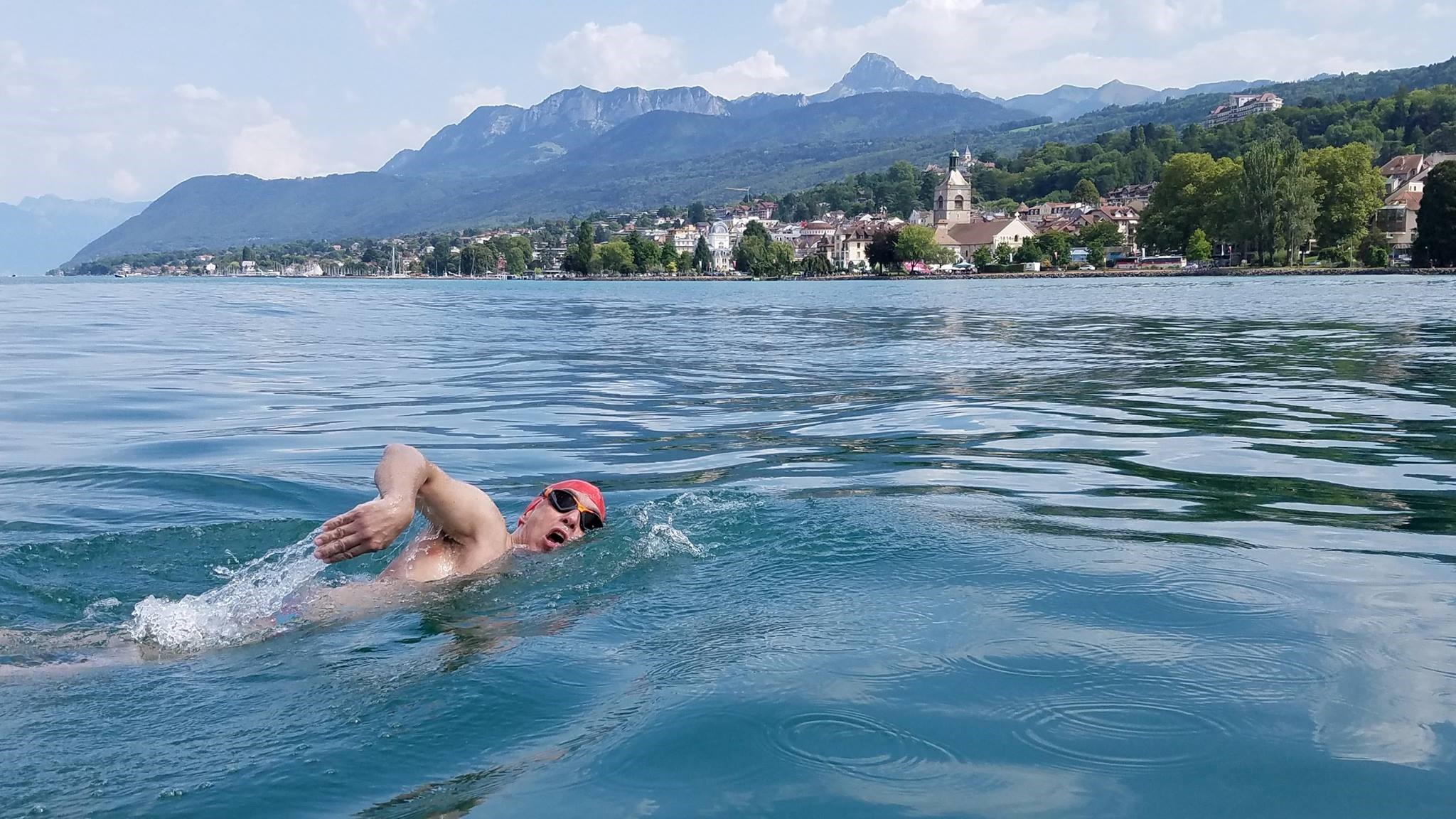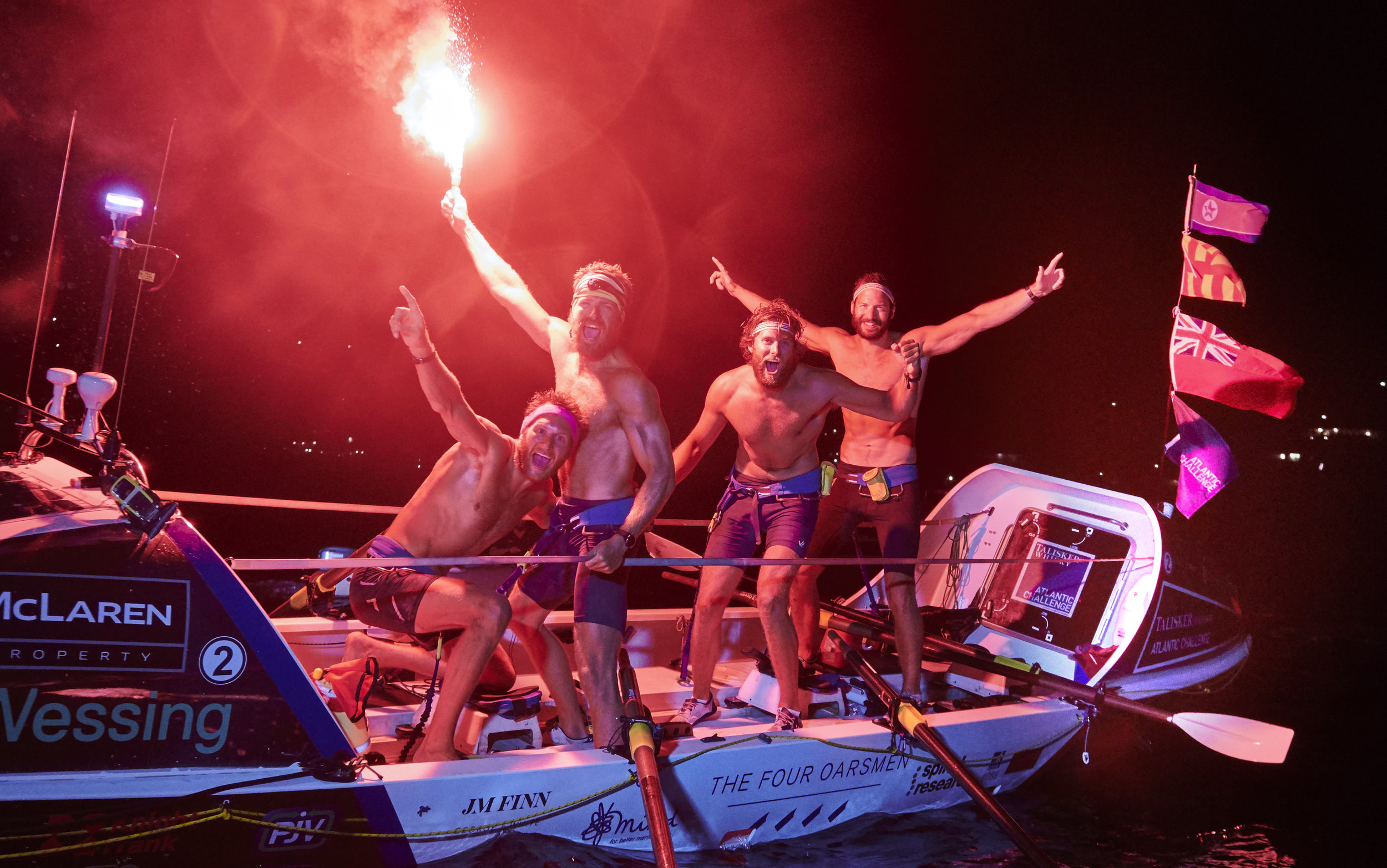Tim Howell, 30, is a professional mountaineer and adventurer with a particular skill in BASE-jumping – in the past five years he has made around 700 jumps in 24 countries; from mountain cliffs, ridges and pinnacles as well as man-made structures such as bridges and turbines, even from roller-coasters. Here he describes a trip over Christmas 2017, when he made the first documented BASE jump of Mt Kenya, from 4300 metres.
Tim Howell is a member of the Pro Team at alpine clothing manufacturer Jöttnar and on his expeditions he often tests their new ranges (for which read: ‘trashes them to test their limits’). See more about Jöttnar and their outdoor wear.
You can follow Tim Howell’s adventures at timhowelladventure.com and @timhowelladventure
First a bit of Form
I don’t think there ever was a specific moment when I realised I wanted to live a life of adventure. I just grew up going from one adventure the next. My father was an Officer in the Parachute regiment, so as a child there were pictures of him parachuting and ice climbing and he would take me bivvying in the woods where he trained as a soldier. He encouraged me to take calculated risks and push myself from an early age. My mother also added to the mix: as a stewardess for British Airways she often took me with her and so from an early age I would venture out on the streets of places like Bangkok for the day, often alone, while she recovered from jet lag.
I remember rock-climbing at school and with friends’ parents, but really it was an old friend that introduced me to the sport by taking me climbing outside for the first time. Climbing for me has always been self-taught; I enjoy the process and learning from friends and other resources. I practice a lot of different disciplines - Alpine, bouldering, Big wall and Aid climbing… I’ve never settled on any one particular type; it’s more about the adventure. However, knowledge from each of the disciplines has enabled me to climb all around the world, from Antarctica to Malawi.
My dream was always to be able to support myself by doing something I love. The Marines definitely provided this for a while, but it got to a point where I wanted to take advantage of the opportunities I was missing in the mountains.
One of the highlights of my military career was spending 6 months on an icebreaking ship that sailed from Cape Town to Antarctica. We spent time in various different camps on the continent, as well as exploring South Georgia, the Falklands and other islands around the Peninsula.
Greenland felt like my first real expedition, though, as it was properly self sufficient and really remote. We sailed from the UK on a 34 ft yacht for 13 days. After 5 days incapacitated by sea sickness I was finally well enough to help out on night watch... But then we arrived off Greenland… We sailed up Tasermiut fjord and anchored, and spent the next two weeks climbing and wing-suiting from the huge granite spires in the fjord.
Why the Mt Kenya Jump?
As with a lot of BASE jumping projects, it started with a photo. While researching Kenya and possible places to jump, I found a picture of a sheer vertical wall overlooking an alpine lake. That’s the moment of inspiration. And it’s also when the proper research starts. I had to look at the cliff from various pictures online, to see if it was big enough and vertical enough, then look on google earth to see if there was a possible landing area, and then a route out once I had landed. But it all looked very feasible.
One project can lead into another, or at least the skills learnt from one turn out to be transferable to another. In this case it was experience of the elevation, which is important because of the thinner air and the opening and flying characteristics of the chute. We had jumped from a ridge on the Mont Blanc massif that summer, from 3900 metres, so if we could manage it, Kenya would take it a step further and be my highest altitude jump to date. We knew Ewa and I worked well at altitude, so sleeping at 4300m before the jump should be feasible for us.
What sort of planning did you do?
Often planning uses the same process and the same tools as for the recces. You can do terrain profiles on google earth, which will show if you can fly over the terrain to reach the landing area. Photos of the lake can show if it’s possible to land there. Contacting locals can also be very helpful: some things you just can’t find out from pictures and google earth. In this case I needed to find out how to get back to the team after I landed, as I would be on a different side of a ridge than we had used for the ascent.
On trips like this we take so much gear: climbing, jumping, camping and photography kit. And to go so high, it had to be as lightweight as possible. Also, our clothing had to be the most efficient, light and warm gear we could get. For the jump itself, I had a specific lightweight canopy and we chose which pilot chute to use (the small drogue that pulls out your main) by how far I was planning to fall before opening my our parachute.
How was the approach?
Generally things went our way. Ewa and I were sure we would cope well with the elevation and although Jack had never been to altitude before, he managed just fine. I often say that a recce is seldom wasted and if you put in the effort you get rewarded, so when we reached base camp for the night, the work didn’t stop. I wanted to find an exit (jump point), measure the drop and check the landing - I use a laser range finder, which tells me how high the cliff is and dictates how I pack my parachute, for a slow or fast opening. This all helped towards a smooth jump.
And the Jump?
As soon as I got to the cliff edge on Mt Kenya the next afternoon I knew a jump would be possible. The rockface was huge and vertical. Really the only problem was finding a sheer edge that I could peer over, to make sure there were no ledges beneath the exit. I could see down to my landing area which is always a relief, and the base camp near the lake with people going about their early morning routine.
First thing next morning: up at 4300 metres it was cold, even on the equator, and we had to brush the ice off our tent. I had to warm up my hands, to make sure I could grab my toggles quickly in case my canopy opened the wrong way and I needed to steer away from the cliff. As I prepare for a jump, I run through a checklist in my mind; then the important checks I say out loud. Sometimes I look back to similar occasions, just like the stepping stones I mentioned before. If my heart is racing particularly fast, then I’m not in the right place to jump. I take a step back, control my breathing and then I’m ready.
Standing on the edge of a cliff-face for a new jump always brings at least a small amount of doubt – and I still couldn't quite see directly over the edge, so I knew I had to jump out far. But by six I was good to go. The sun was rising in front of me, making the walls around us glow golden, while the dark, inky lake below was still in shadow. With that it was two short steps and I launched myself into the sunrise.
Mt Kenya just before the jump
The exit turned out near perfect. It gave me it a few seconds of freefall, around 100 metres, and then I opened my main. The canopy opened well and I flew for probably around 40 seconds, heading for the shore of the lake. It was flat sandy ground with a few shrubs, so it was easy to pick a spot. Once I landed I found my hands were very cold, but I was offered a hot drink by a climber from one of the base camp tents.
What makes a pleasurable BASE jump?
Usually it’s the aesthetics and the setting that make a jump special for me: it’s about overcoming a challenge I set myself and pulling it all off successfully in a spectacular place. On Mt Kenya it all came together perfectly: great company on the exit point - my best mate and my fiancée - and a view that was sublime. It was definitely as successful as a jump could be!
What did you learn?
Every time I do a jump I take away something. Whether it’s a simple confirmation, or extra kit I need to make it safer/better for next time. This jump was partly a recce for a bigger trip out there in 2020, so there was lots to take away.













![67088088_1269356166557526_8710349635140452352_n[1]edited long.jpg](https://images.squarespace-cdn.com/content/v1/593cff92f7e0ab586ca03ad8/1564675714141-R2K6ZVRIOFPQ1W1ONTVZ/67088088_1269356166557526_8710349635140452352_n%5B1%5Dedited+long.jpg)
![64362899_1246289638864179_39238649417564160_n[1].jpg](https://images.squarespace-cdn.com/content/v1/593cff92f7e0ab586ca03ad8/1564676250418-5L1PB2JKV61ETBLS1AXX/64362899_1246289638864179_39238649417564160_n%5B1%5D.jpg)
![64292605_1246289632197513_4800139210461806592_n[1].jpg](https://images.squarespace-cdn.com/content/v1/593cff92f7e0ab586ca03ad8/1564676347423-CL4KFURQBYWGKB1XA8HI/64292605_1246289632197513_4800139210461806592_n%5B1%5D.jpg)

![65957435_2267944113242765_29404200806907904_n[1].jpg](https://images.squarespace-cdn.com/content/v1/593cff92f7e0ab586ca03ad8/1564676381484-ZYX95BINFZ4KQG71WUC9/65957435_2267944113242765_29404200806907904_n%5B1%5D.jpg)




































